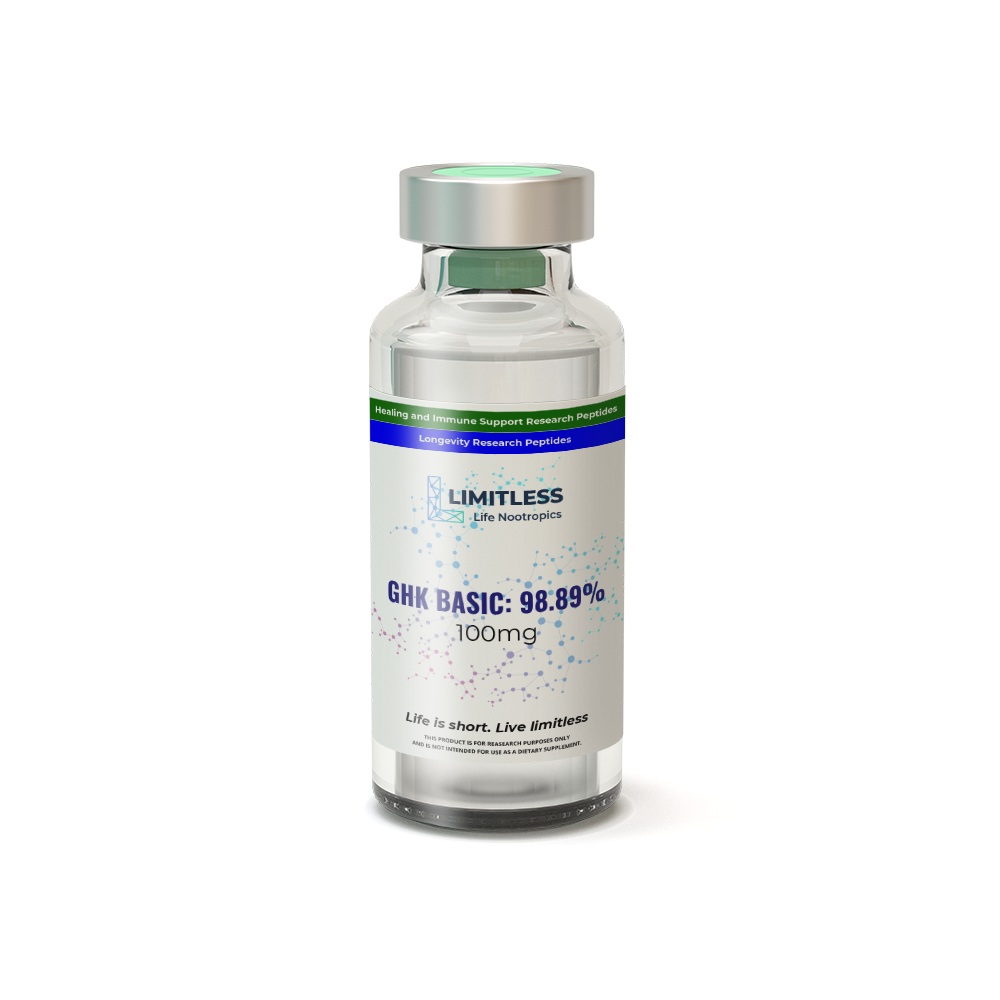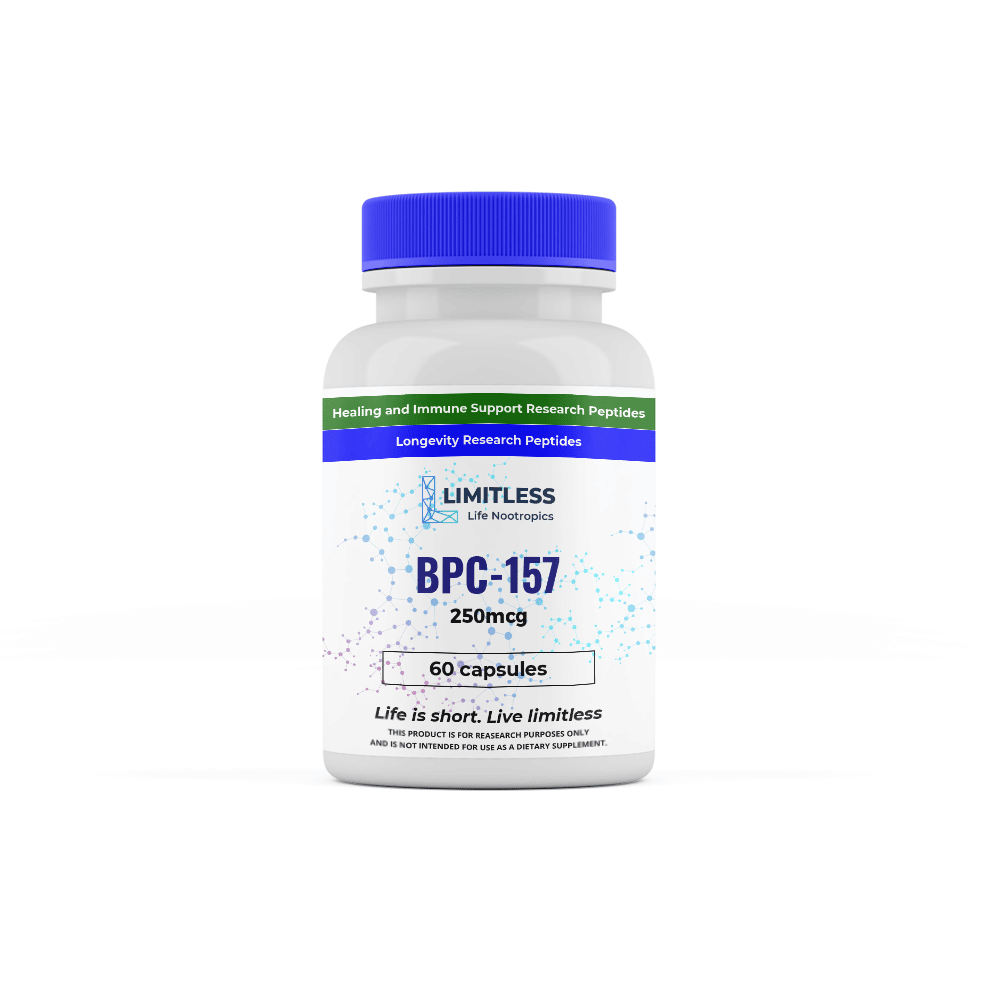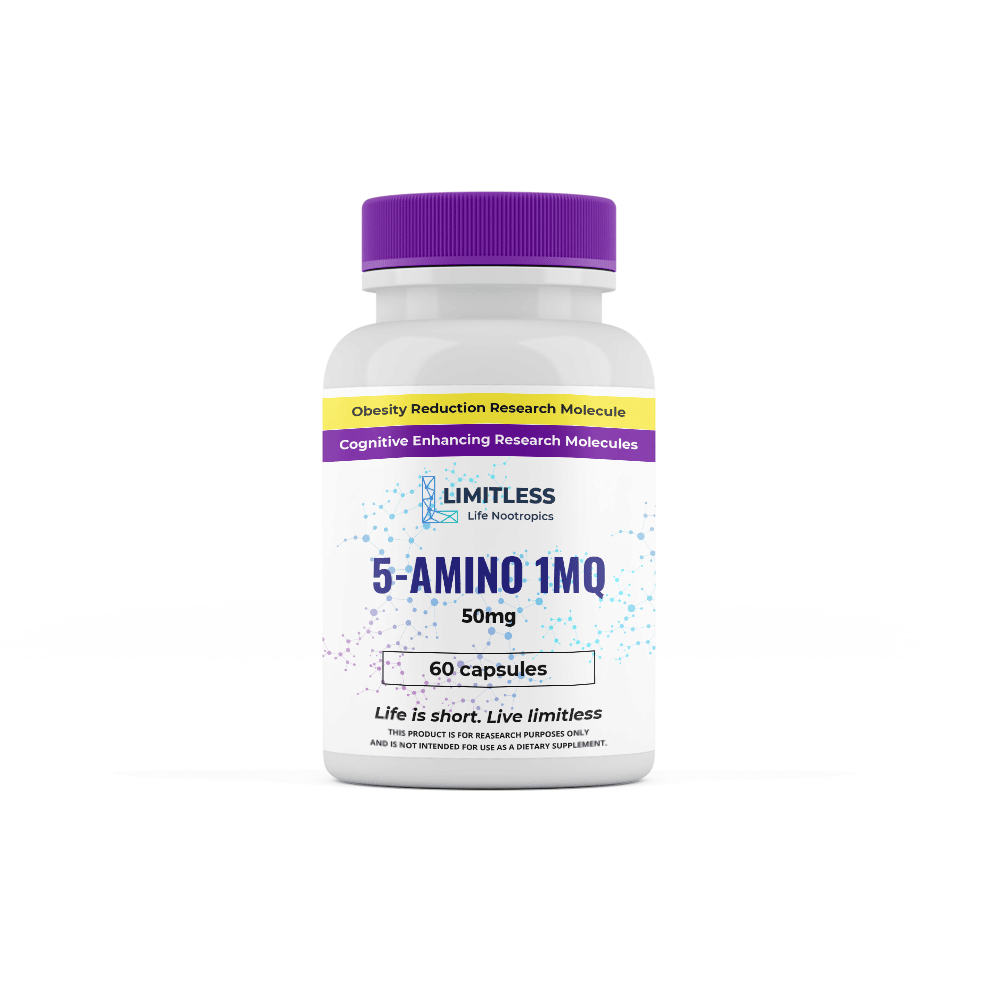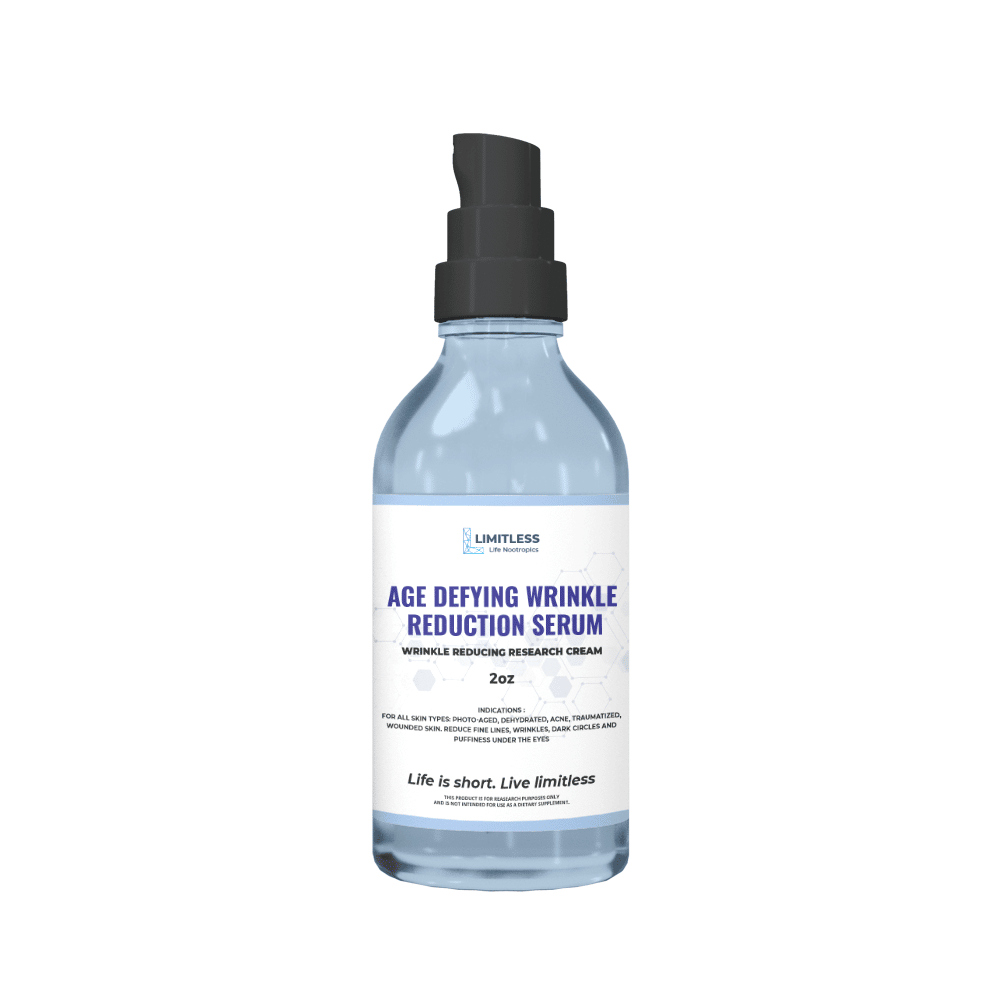Description
GHK Basic 98.5%+ Non-Lyophilized Peptide – 100 mg
At DN Research, we provide high-purity GHK Basic 98.5%+ in its non-lyophilized form, ensuring a research-grade compound that maintains stability and efficacy under proper storage conditions. Our non-lyophilized peptides offer a reliable and effective option for various investigative studies while preserving the essential properties of GHK.
What is GHK Basic?
GHK (Glycyl-Histidyl-Lysine) is a naturally occurring tripeptide found in plasma, saliva, and other bodily fluids. It is well known for its regenerative and reparative potential, particularly in skin repair, wound healing, and cellular rejuvenation. GHK is also a precursor to GHK-Cu, a copper-binding peptide with significant biological activity in tissue remodeling and inflammation regulation.
Unlike lyophilized peptides, non-lyophilized GHK Basic is offered as a dry powder that maintains a high level of purity while requiring proper storage conditions for optimal stability. Though it does not undergo freeze-drying, this form of GHK is still widely used in research applications where stability requirements are slightly less stringent.
Potential Research Applications of GHK Basic
Scientific research has explored GHK Basic in a range of applications, including:
- Cellular regeneration and anti-aging effects
- Skin healing and wound repair
- Collagen and elastin production
- Hair follicle support and scalp health
- Anti-inflammatory activity
GHK Basic and Skin Regeneration
GHK has been extensively studied for its ability to influence skin health at a cellular level. It has been found to activate fibroblast activity, increasing the production of key skin proteins such as collagen, elastin, and glycosaminoglycans. These components are essential for maintaining skin elasticity, hydration, and resilience against environmental stressors.
A study published in BioMed Research International showed that GHK enhances skin barrier function, reduces oxidative stress, and promotes overall skin rejuvenation. These findings indicate that GHK may be a valuable research peptide in dermatological and cosmetic studies.
GHK Basic and Wound Healing
Research suggests that GHK plays a crucial role in tissue repair by stimulating the growth of new cells and promoting angiogenesis—the formation of new blood vessels. This is essential for accelerating the wound healing process and improving recovery outcomes.
In wound healing models, GHK was shown to:
- Enhance fibroblast proliferation and migration
- Improve tissue remodeling and repair
- Reduce scar tissue formation
- Support immune modulation during the healing process
The ability of GHK to promote vascularization and cellular regeneration makes it an important focus in regenerative medicine research.
GHK Basic and Hair Growth
GHK has demonstrated the potential to support hair follicle health and stimulate new hair growth. Research indicates that GHK can regulate the expression of growth factors such as vascular endothelial growth factor (VEGF) and transforming growth factor-beta (TGF-β1), both of which play key roles in hair regeneration.
Studies suggest that GHK may:
- Prolong the anagen (growth) phase of the hair cycle
- Support follicular cell proliferation
- Improve blood circulation to the scalp
- Reduce oxidative stress and inflammation in the scalp
These findings make GHK a promising compound for further exploration in hair restoration research.
GHK Basic and Anti-Inflammatory Effects
Inflammation is a significant factor in many degenerative conditions, and GHK has been shown to modulate inflammatory pathways by influencing cytokine production and reducing oxidative stress markers.
A study in MDPI found that GHK can downregulate inflammatory cytokines while promoting protective responses in various cell types. These findings support the idea that GHK may contribute to research in inflammatory disorders, tissue recovery, and longevity.
Why Choose Non-Lyophilized GHK Basic?
Non-lyophilized peptides offer an alternative to freeze-dried compounds while still maintaining high purity and effectiveness. The key characteristics of non-lyophilized GHK Basic include:
- Provided as a dry powder rather than a freeze-dried substance
- Maintains purity and bioactivity under proper storage conditions
- Does not require the complex processing of lyophilization
- Suitable for a range of research applications in cellular and tissue studies
While non-lyophilized peptides do not have the extended shelf life of lyophilized versions, they remain stable and effective when stored appropriately in a cool, dry environment.
Legal Disclaimer
This product is sold as a pure compound for research purposes only and is not intended for human consumption. Please review our terms and conditions before purchase.
Safety Information
Keep this product out of the reach of children. This material is for laboratory research use only and should not be used for human ingestion, diagnosis, or treatment. Proper storage conditions should be maintained to ensure product integrity.
The information provided is for educational and research purposes only. The food and drug administration (FDA) has not approved this compound for medical use, diagnosis, treatment, or disease prevention.




